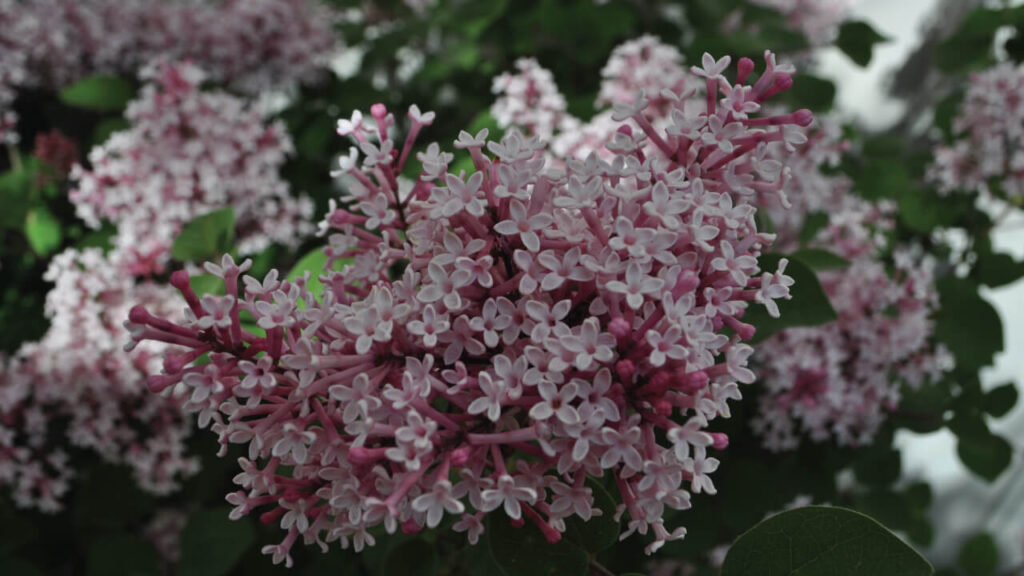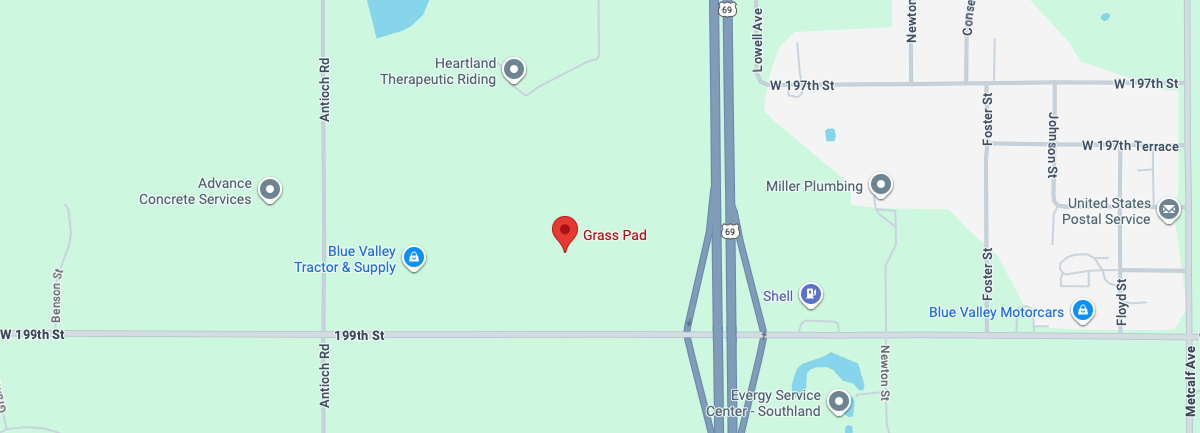
Where to Use Lilacs in the Landscape
Fragrant lilacs, valued for their appearance, are the most popular of spring-flowering shrubs. The vigorous growth habit of the lilacs makes it ideal for tall screen plantings, hedges, borders, and in mass plantings for their tremendous display of flowers. Lilacs will perform best in areas full to part sun. Place them near patio sitting areas, windows, and doorways just for the smell of it!
Best Lilacs for the Midwest
Few shrubs can rival lilacs for bloom even under challenging conditions. They are used as accent or specimen plants at the corners or along with houses and buildings. Most famous of the lilacs is the Dwarf Korean lilac, which rarely grows larger than 5 feet. This plant makes an attractive small hedge with its fragrant, purple-lilac flowers. Dwarf Korean lilac grafted on standards is ideal for focal points in the garden, leaving room under the canopy to use low mounding shrubs. Equally as hardy is the Crimson Doll™ lilac introduction from Garden Debut®. Ruby-red buds open in spring to fragrant reddish-pink flowers. Growing 3 to 5 feet tall and 4 to 6 feet wide, Crimson Doll™ will occasionally rebloom in summer.


Re-blooming Lilacs Bring Color Spring to Fall
New re-blooming varieties have been popular in the last few years. Bloomerang Dark Purple lilacs bloom twice. Dark Purple is bigger than the original Bloomerang and has more massive and rounded bloom clusters. They bloom in spring-like most lilacs, then re-blooming in mid-summer through fall.
Common and French Hybrid Lilacs
Old fashion purple and white lilacs along with the elegant colors of the French hybrid lilacs bring a majestic pallet of colors and height to any garden or structure.
Hardy in cold climates, a lilac requires full sun to flower well. Lilacs are easily grown and do well in either acid or alkaline soil but respond with improved growth to applications of lime every three or four years where soils are acid. Lilacs are known to have good deer resistance.


When to Prune Spring Flowering Lilacs
Prune a lilac right after it flowers in the spring. Pruning consists of removing old flower clusters and thinning out the oldest branches at ground level to encourage new growth from the base of the plant. The most vigorous new shoots should be left to take the place of the older stems, which will eventually be pruned away.
Renovating an Overgrown Lilac
Renew an older overgrown lilac by cutting the whole plant down to within six inches of the ground. It’s a drastic means of rejuvenation. But don’t worry, the plant will survive. The best way to treat old plants is to prune out one-third of the older stems each year for three consecutive years. In this way, the plant can maintain a reasonable height in the landscape and still flower from the remaining wood. By the time of the last pruning, replacement wood should be durable enough to support the plant and promote flowering













